The 2007 jukebox musical Across the Universe, set in the late 1960s, tells the story of Jude, Lucy, Max, Sadie, Prudence, and Jo-Jo through Beatles covers, fantastical imagery, and plenty of subtle and not-so-subtle nods to the Fab Four. (And yes, all those characters are named after Beatles songs.) The film combined elements of romantic drama with psychedelic Bono sequences, traveling from Liverpool to upstate New York to deep in the heart of the city, all the way out to the West Coast. There is war, friendship, heartache, and love.
Videos by American Songwriter
But amidst all of that, there are also great renditions of Beatles songs, performed live by the actors while filming with the help of in-ear monitors. The Across the Universe covers honor the original Beatles tracks while also breathing new life into them, made all the more powerful through their poignant imagery and vocal performances.
Here are some of the best Beatles covers from this 2007 classic that rival the originals.
“If I Fell”
Evan Rachel Wood’s performance of the early Beatles’ cut “If I Fell” imbued a whole new layer of tenderness into the heartsick love song. The track first appeared on the 1964 album A Hard Day’s Night, at the peak of the Fab Four’s teenybopper era. Their original version of “If I Fell” is commercially sensible with a toe-tapping beat backing up the otherwise tentative lyrics. But in Across the Universe, the musicians strip back the arrangement to its bare bones, allowing Wood’s hesitant sentiments to shine through as she played Lucy, one of the film’s leading roles and romantic love interest to Jude, played by Jim Sturgess.
“Why Don’t We Do It In the Road”
Paul McCartney might be the master of Beatles screams, but Dana Fuchs, who played Sadie (named after “Sexy Sadie”), certainly comes close. Her rendition of “Why Don’t We Do It In the Road” is a rousing, intense, and in-your-face version of the Beatles’ version that was arguably already plenty of those descriptors. Across the Universe’s Beatles cover appears as Lucy is experiencing the New York City nightlife for the first time, marking a shift in her otherwise prudish high school graduate character. This narrative development seems to match the cultural shift that occurred when the Beatles first released the track on their 1968 eponymous “White Album.”
“Let It Be”
The Across the Universe version of the Beatles’ “Let It Be” is arguably one of the most powerful scenes in the entire film. For the sake of allowing you to experience the magic of this film sans spoilers, we’ll spare you the grittier details about what happens during this particular sequence. Musically speaking, the song transitions from being sung by a young boy, Timothy Mitchum, to an entire choir, featuring soloist Carol Woods. Just remembering Woods’ incredible performance while writing this is enough to give this writer goosebumps. Indeed, it’s one of the most dynamic and emotional covers of this Beatles classic ever recorded.
“I Am the Walrus”
Across the Universe moves through major cultural, social, and political moments that paralleled the Beatles’ 1960s reign as the film follows its main characters. From the Vietnam War to the mass hippie exodus to the West Coast during the Summer of Love, the film expertly weaves Beatles covers into each captivating vignette. Bono’s version of “I Am the Walrus” while he plays Dr. Robert, a psychedelic drug guru, belongs in one of the latter cultural snapshots. With plenty of colorful sequences and blurry camera shots, the musical sequence serves as a backdrop to an LSD-filled party led by the “navigator, aviator, eatin’ taters, masturbatin’ alligator, bombardier.”
“Dear Prudence”
Although Across the Universe uses plenty of Beatles covers as solo vehicles for its cast, the jukebox musical also features plenty of strong ensemble pieces. One perfect example is “Dear Prudence,” an equal parts tender and trippy rendition of the 1968 classic performed by characters Max, Jude, Lucy, and Sadie. The song begins with the friends literally coaxing Prudence out of a closet: Dear Prudence, won’t you come out and play? Then, the scene transitions into a room made entirely of sky before shifting once more to a New York City peace rally. For all the grimness and despair represented in the 1960s, “Dear Prudence” seems to capture the best part of the decade’s optimism and beauty.
Photo by Scott Wintrow/Getty Images

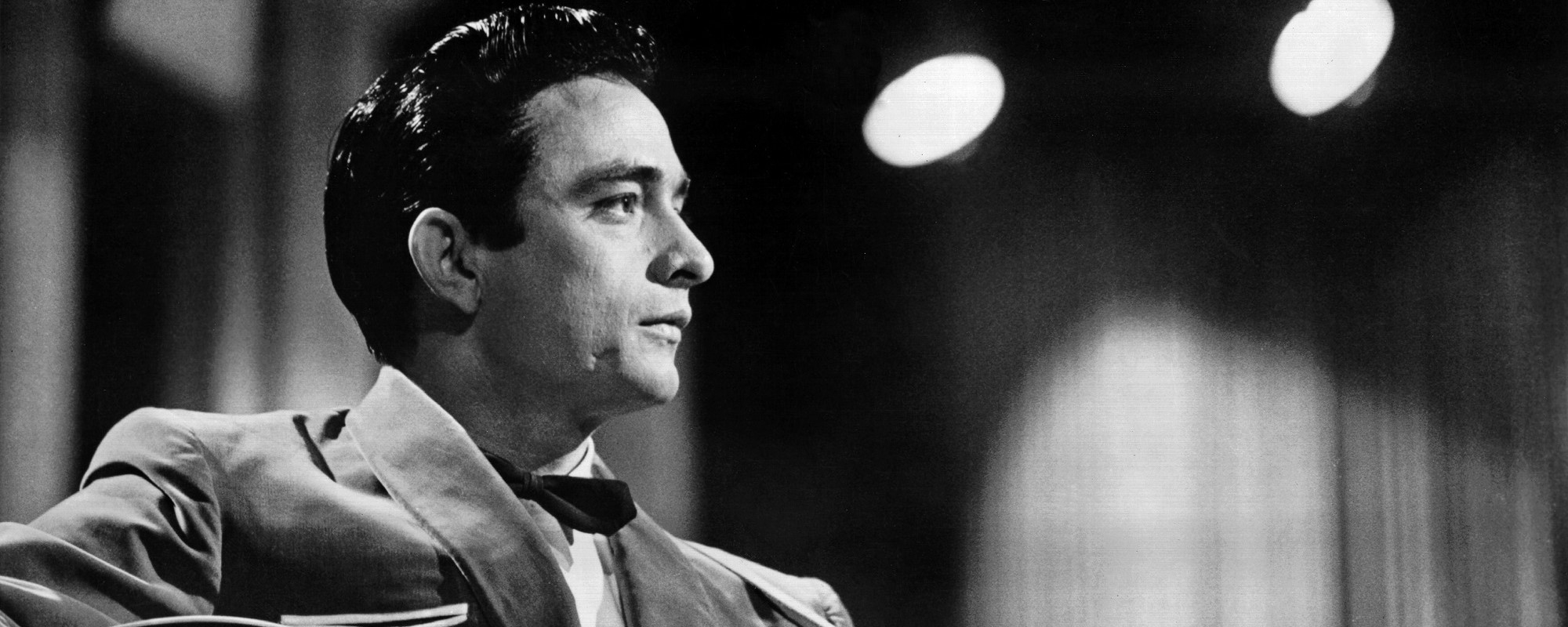
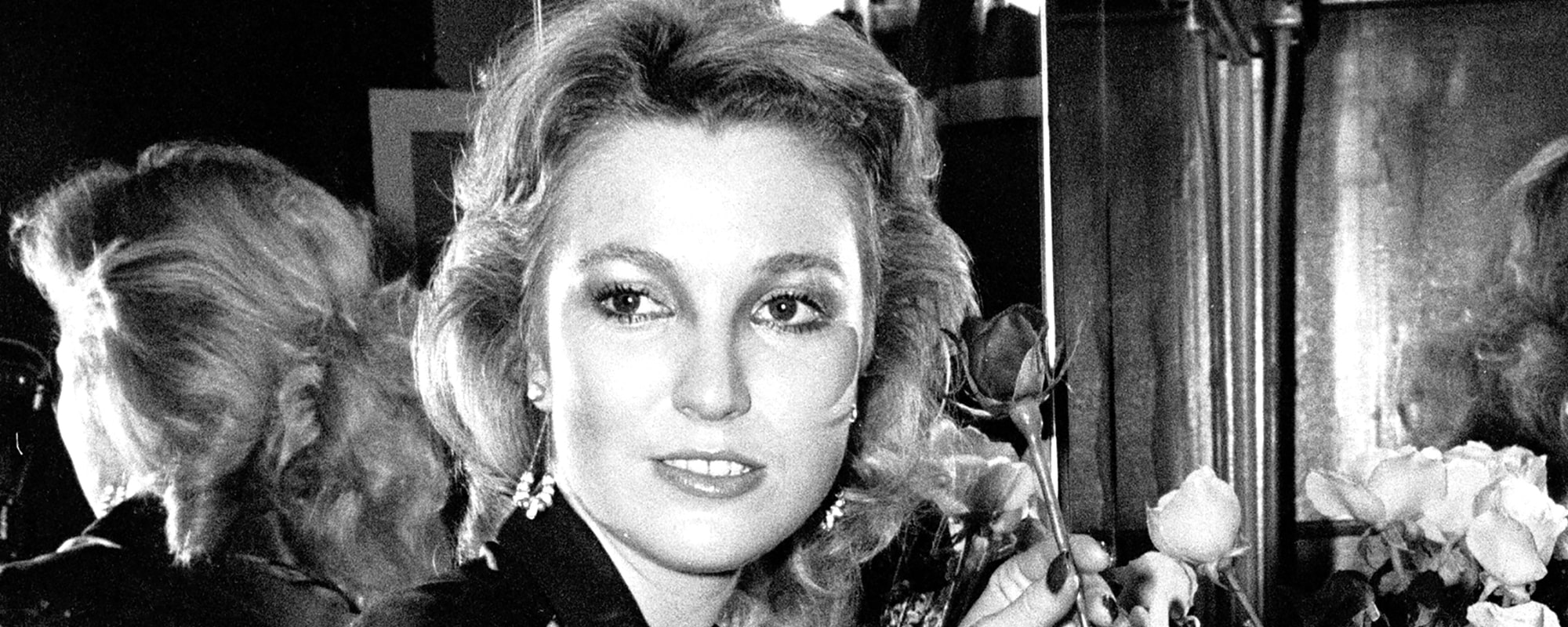
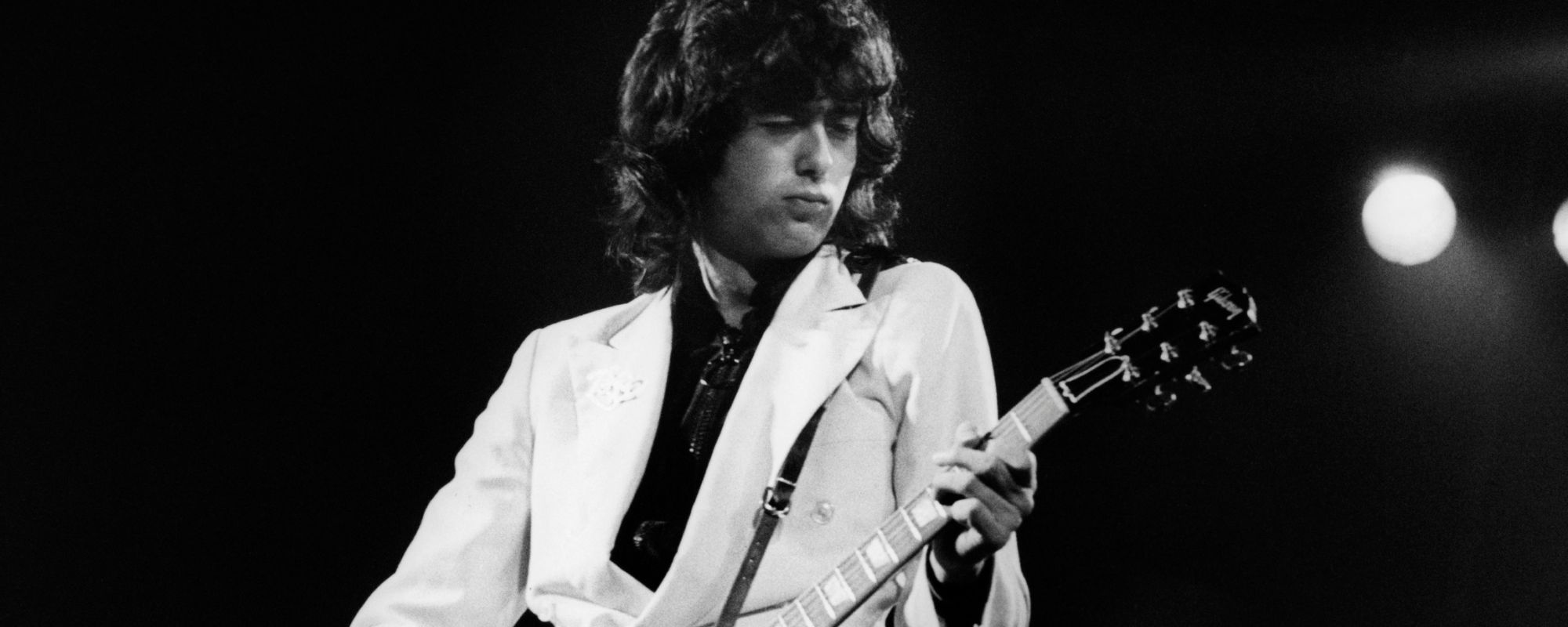
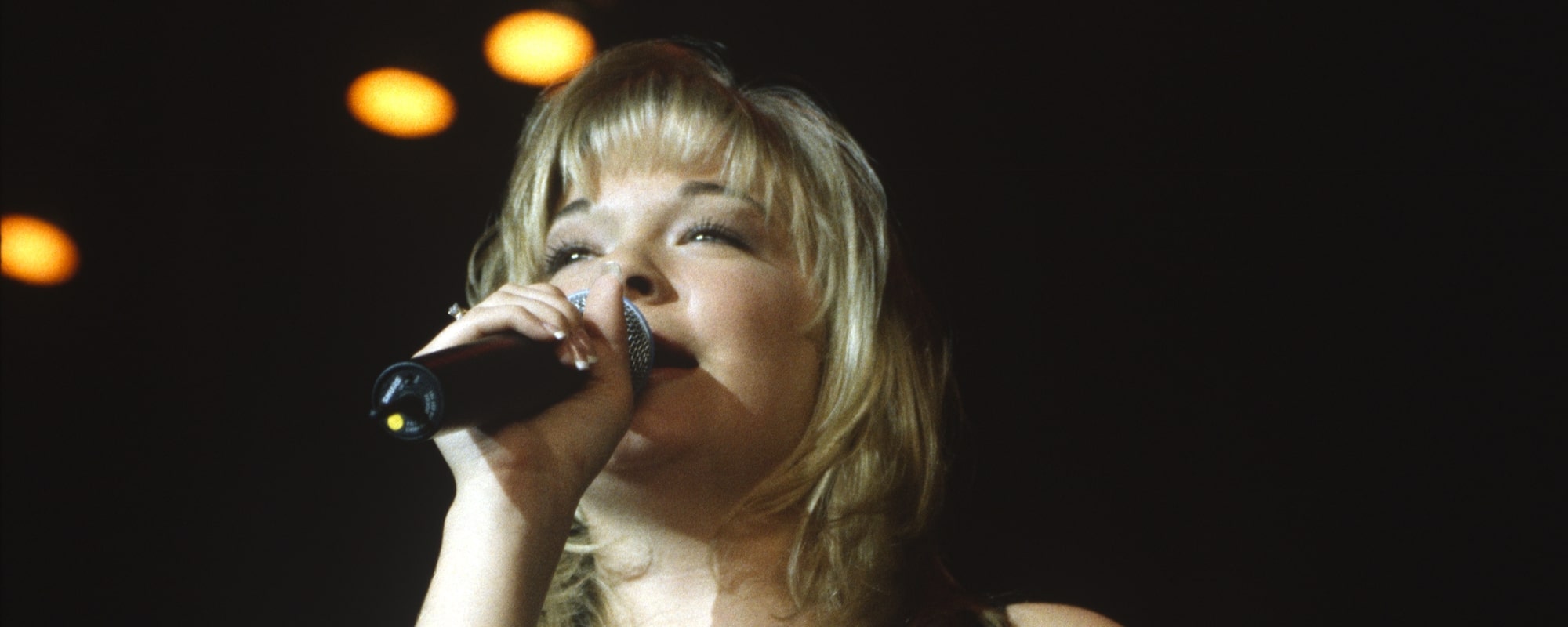
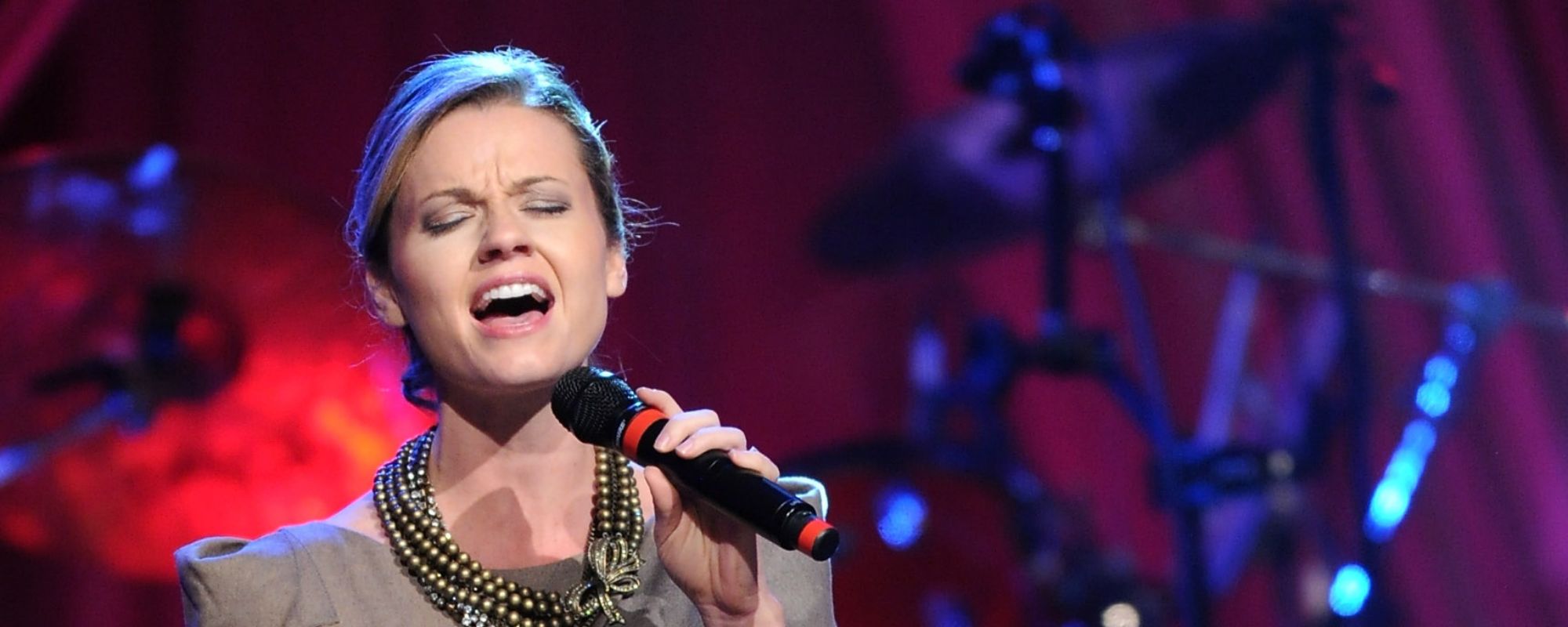
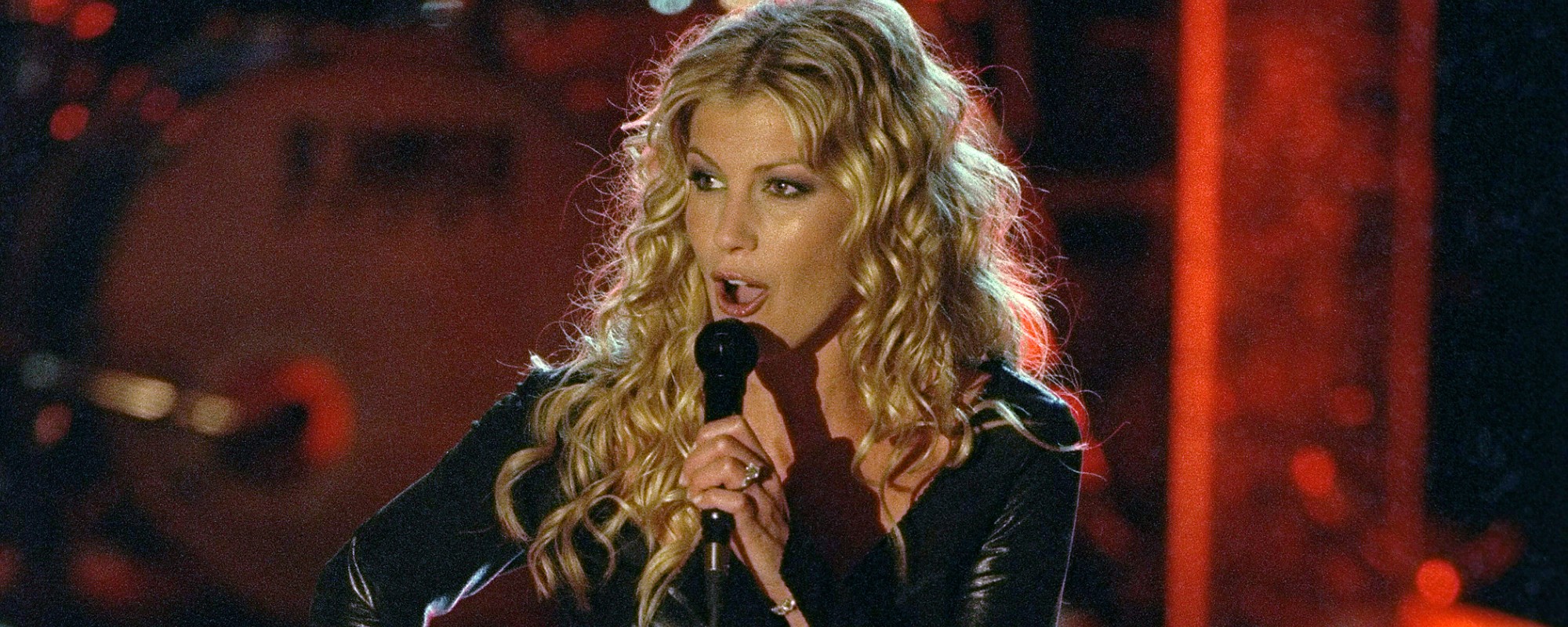




Leave a Reply
Only members can comment. Become a member. Already a member? Log in.